How Can I Identify Early Signs of Roof Damage?
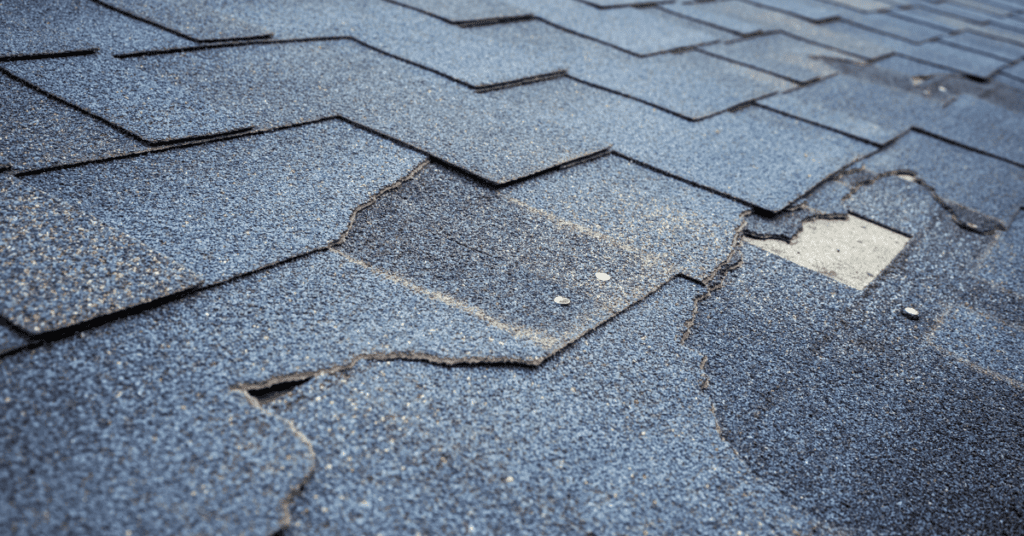

As a homeowner, it’s essential to be proactive in maintaining the structure and condition of your roof. By detecting and addressing early signs of roof damage, you can prevent extensive damage and costly repairs. In this article, we will discuss the common warning signs of roof damage, the types of damage that can make your roof unsafe, and how you can be proactive in maintaining your roof.
Common warning signs of roof damage:
Damaged Plumbing Vent Boots
These boots are responsible for sealing the area around the plumbing vents on your roof. If they are cracked or damaged, it can lead to leaks and water damage inside your home.
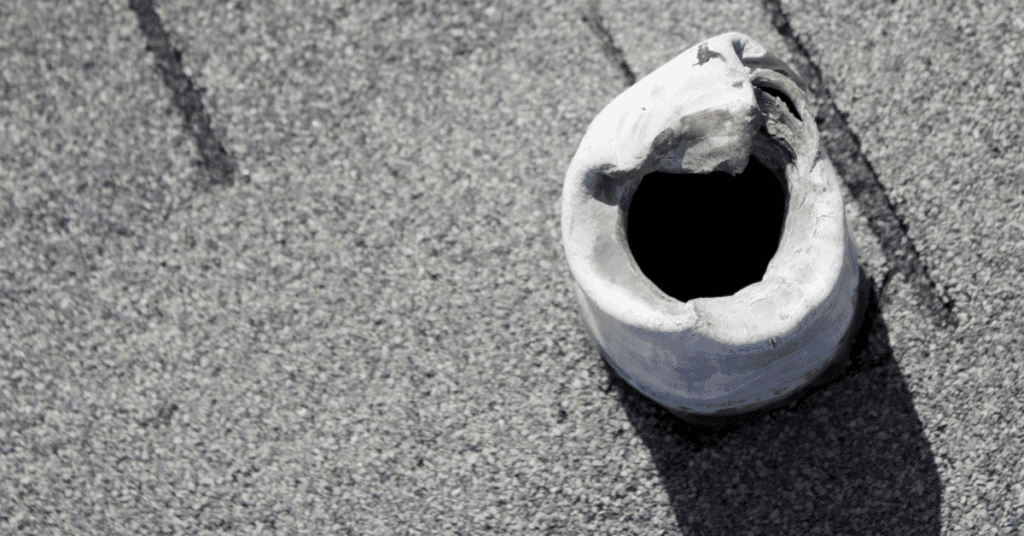

Ceiling Stains
Stains on your ceiling indicate that water is entering your home. This could be due to roof leaks or other issues with your roofing system.
Shiners
Shiners are nails that missed the rafters during the roof installation. They can cause leaks and allow water to enter your home.
Damaged Shingles
Shingles are the first layer of protection on your roof. If your shingles are discolored, missing, cracked, curled, buckled, or if granules are coming off, these are clear signs of aging and roof damage. It’s important to know Which Roofing Materials Last the Longest? to ensure you make the best decision for your home. If shingles are not replaced in time, they won’t be able to withstand further damage.
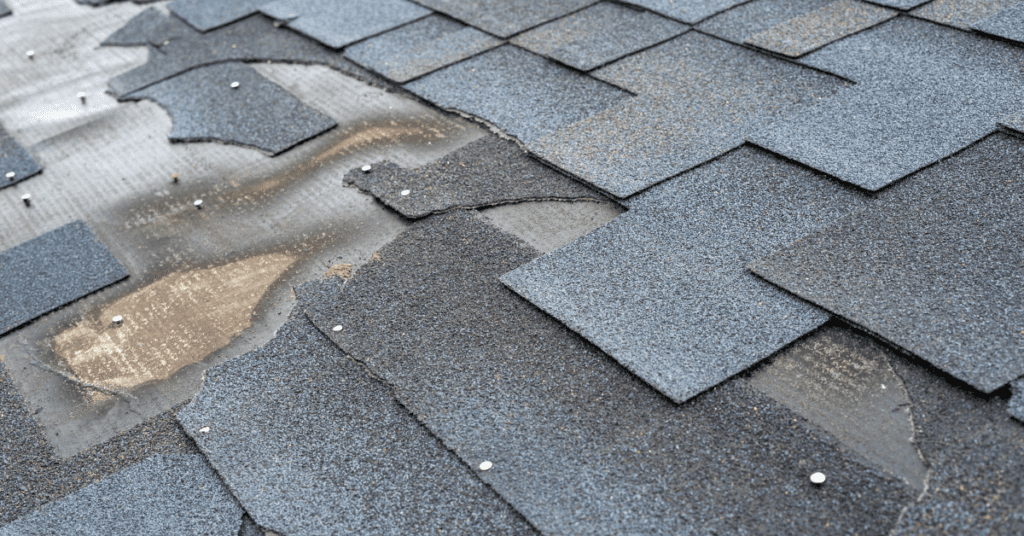

Dirty, Clogged Soffits
Soffits are located under the eaves of your roof and allow for proper ventilation. If they are dirty or clogged, it can lead to moisture buildup and roof damage.
Algae, Moss, or Piles of Leaves
Algae, moss, or piles of leaves can trap moisture and cause damage to your roof. Furthermore, overhanging tree branches can shed leaves and debris onto your roof or potentially damage shingles during high winds. To prevent such issues, consider seeking tree care advice from a certified arborist to maintain the trees around your property and reduce the risk of damage to your roof.
Mold Where Roof and Exterior Wall Meet
Mold growth where the roof and exterior walls meet indicates water infiltration and potential roof damage.
Rusted Gutters
Rusted or damaged gutters can cause water to overflow and damage your roof, fascia, and foundation.
Roof Vent Issues
Roof vents help with proper ventilation in your attic. If they are damaged or blocked, it can lead to moisture buildup and damage. Understand the Benefits of Proper Roof Ventilation to grasp the importance of maintaining your roof vents.
Loose Step Flashing
Step flashing is used to prevent water from entering the joints between the roof and vertical walls. Roof flashing is crucial in sealing cracks and preventing water and debris from entering your roof. Learn more about The Importance of Flashing in Roof Integrity to better understand why damage to flashing can lead to water infiltration and further roof damage.
Mold on Exterior Walls
Mold growth on exterior walls can be a sign of roof leaks. It’s important to address this issue promptly to prevent further damage.
Holes Drilled on Purpose
Sometimes, contractors drill holes in the roof for various reasons. If these holes are not properly sealed, they can cause leaks and water damage.
Missing Gutter Apron
The gutter apron helps direct water into the gutters. If it’s missing, water can overflow and damage your roof and foundation.
Rusted Chimney Flashing
Chimney flashing prevents water from entering the area where the chimney meets the roof. Rusted or damaged flashing can lead to leaks and roof damage.
Stains Around a Bathroom Fan
Stains around a bathroom fan can indicate a leak in the roof or ventilation issues.
Hail Damage
Hailstorms can create small scrapes, dents and scratches on your roof, removing the top layer of protection. This can accelerate the aging process of your roof. Consider replacing shingles with materials that are more resistant to hail damage if you live in an area prone to hailstorms. If you’ve experienced a hailstorm, it’s important to have your roof inspected for any signs of hail damage.
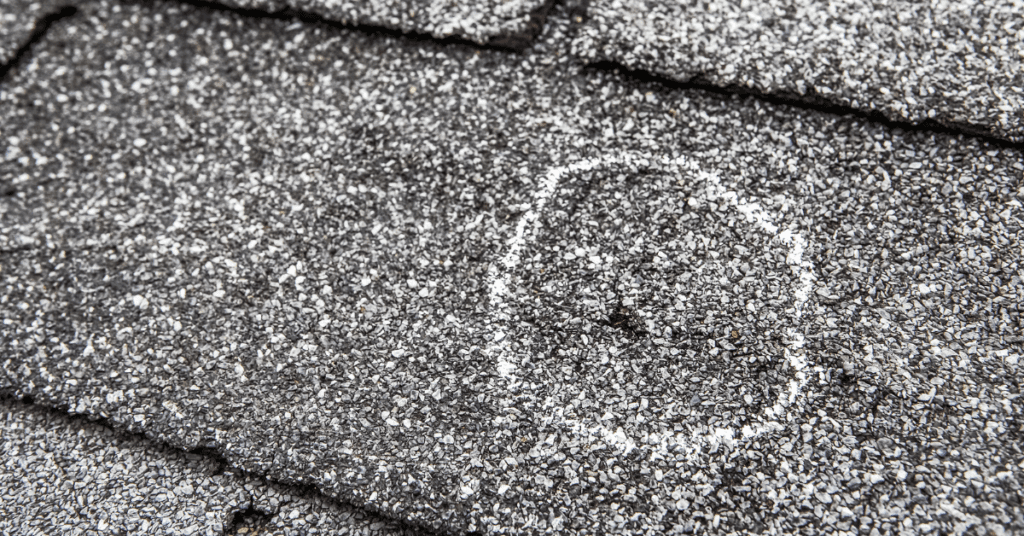

Detecting moisture or leaks in your roof:
Detecting moisture or leaks in your roof is crucial to prevent further damage. While there are steps you can take to detect leaks, it can be difficult to locate a roof leak on your own. Therefore, it’s often best to consult a professional roofer.
Step 1: Look for the First Signs of a Roof Leak
Musty odors in certain rooms, water stains on your ceiling, spots on your exterior walls, bulging patches on your interior walls, and missing or warped shingles can indicate a roof leak.
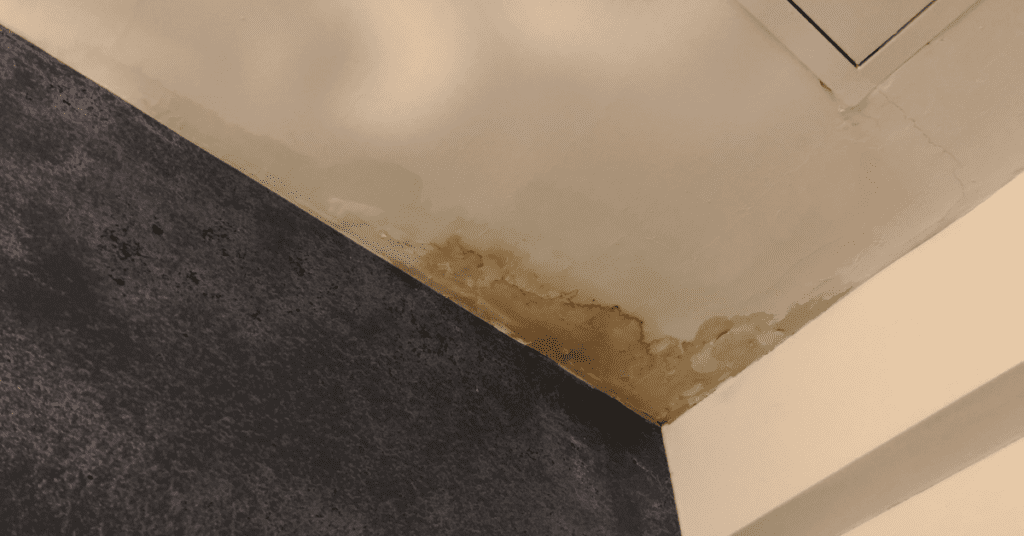

Step 2: Check Your Attic
Inspect your attic for signs of water infiltration. Look for water stains, mold or mildew growth, and any wet or damp areas on the insulation or ceiling.
Step 3: Make It Rain
In a controlled manner, simulate rain on your roof using a hose. Have someone inspect the interior of your home for any signs of leaks or water entry.
Step 4: Call a Professional Roofer for More Complex Leaks
If you notice significant leaks or extensive water damage, it’s important to call a professional roofer. They have the expertise to identify the source of the leaks and provide appropriate repairs.
By regularly inspecting these areas and addressing any signs of damage, you can ensure the longevity and safety of your roof. Remember to hire professionals for complex repairs or replacements to guarantee the best results.
In conclusion, being able to identify early signs of roof damage is crucial for homeowners. By understanding the warning signs, types of damage, and adopting a proactive approach to maintenance, you can ensure the longevity and safety of your roof. Regular inspections, small repairs, and professional advice are key to preventing extensive damage and costly repairs. If you’re unsure about inspection frequency, check out our guide on How Often Should I Have My Roof Inspected? Stay vigilant, and don’t hesitate to call professionals if you suspect any damage or need assistance with your roof.
Don’t wait until extensive damage occurs before you address the issue. If you’ve noticed any of the warning signs discussed above or if it’s been a while since your last roof inspection, it’s time to take action. Our skilled team of
- Burnaby Roofers
- New Westminster Roofers
- Coquitlam Roofers
- Port Coquitlam Roofers
- Port Moody Roofers
- Delta Roofers
- Ladner Roofers
- Vancouver Roofers
- North Vancouver Roofers
- West Vancouver Roofers
- Richmond Roofers
- Surrey Roofers
- White Rock Roofers
- Maple Ridge Roofers
- Pitt Meadows Roofers
- Langley Roofers
- Powell River Roofers
are ready to assess your roof, identify any damage, and provide the necessary repairs or replacements to ensure the longevity and safety of your home. We’re just a click away, dedicated to providing top-notch roofing services tailored to your needs. Reach out to us today and let’s ensure your roof remains in the best possible condition, giving you peace of mind in knowing your home is protected.
